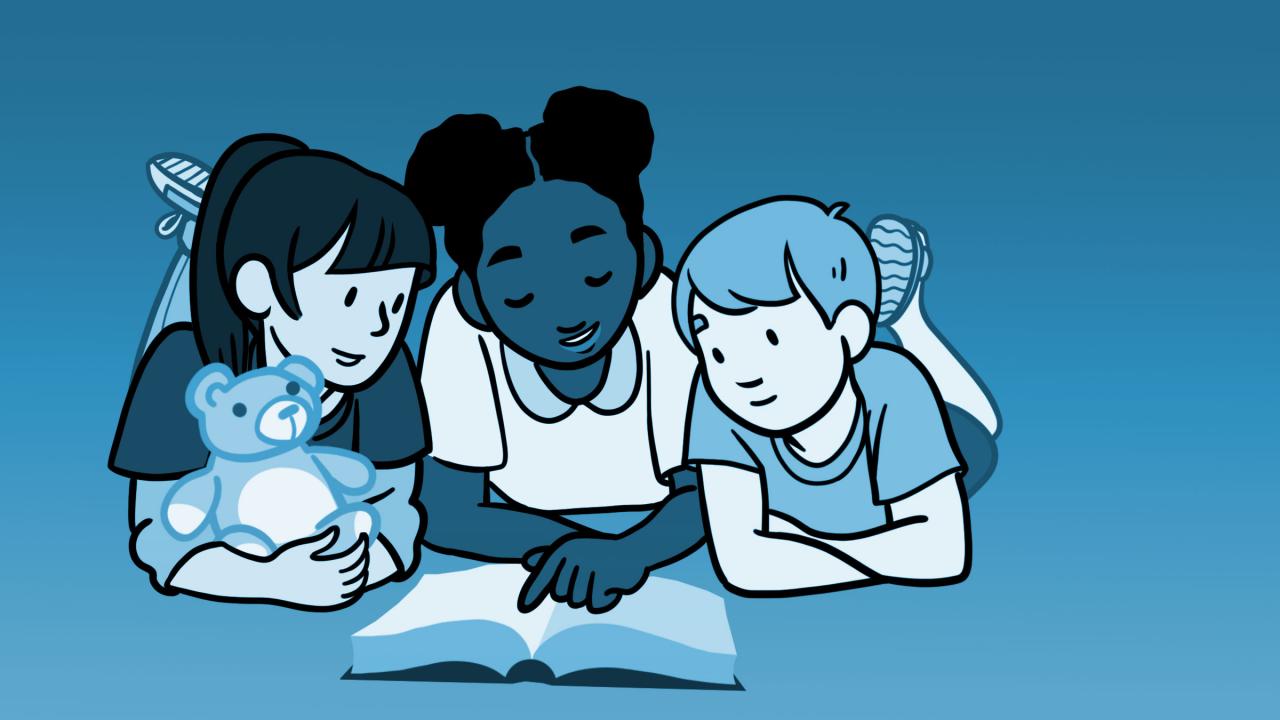Child Safety and Education
Clergy privilege can often be complex. Learn more about how to handle the intersection between clergy privilege and clergy’s role as a mandated reporter of child abuse.
A Florida preschool recently learned a hard lesson about the importance of good child protection.
This article was published in the 2014 Evangelical Missionary Society's annual publication number 22 called The Missionary Family: Witness, Concerns, Care.
A Catholic priest in the Archdiocese of St. Louis, Rev. Jiang, was accused of sexually abusing a child. He denied having done it. The criminal case against Rev. Jiang was voluntarily dismissed by the prosecutor.
Failing in the child protection arena has two possible worst-case outcomes for organizations. You need to get these policies right the first time. Organizations need to work on their child protection policies.
Can Your School Handle it if Your Child’s Disability is Mental Illness? Your school may or may not be prepared to cope. Here are six issues to watch out for.
If your organization is in the United States or other countries with well-established child abuse reporting laws, then reporting is simple. If the alleged abuse happened in a country where reporting protocol is not established—or you have a multijurisdictional nightmare—or abuse that is historic—it may not be clear whether and how to report.
In a perfect world, no one would file reports of child abuse unless they were really true. But it happens all the time—in fact, most of the reports that go to the Department of Human Services are unfounded. What should you do if a DHS caseworker shows up at your door?
We all agree that child abuse must be investigated.
DHS has no specific rules about how children are photographed, or chain of custody for the pictures.

